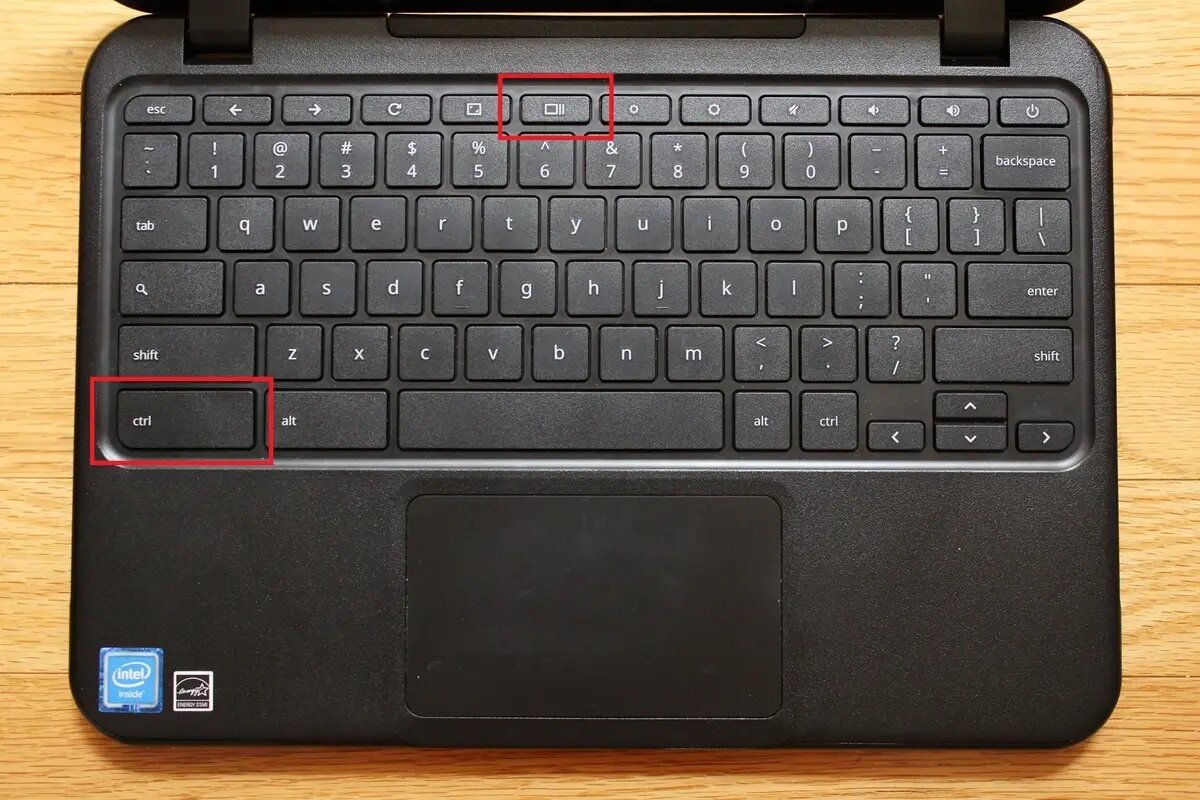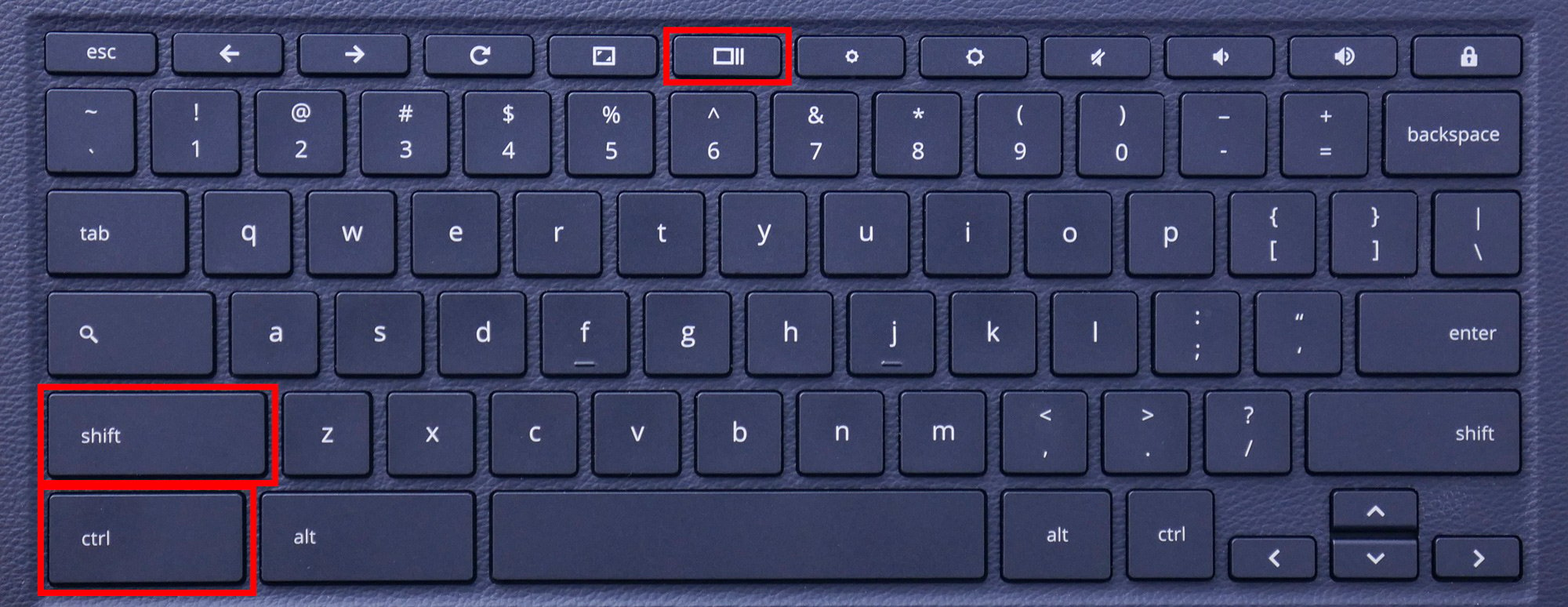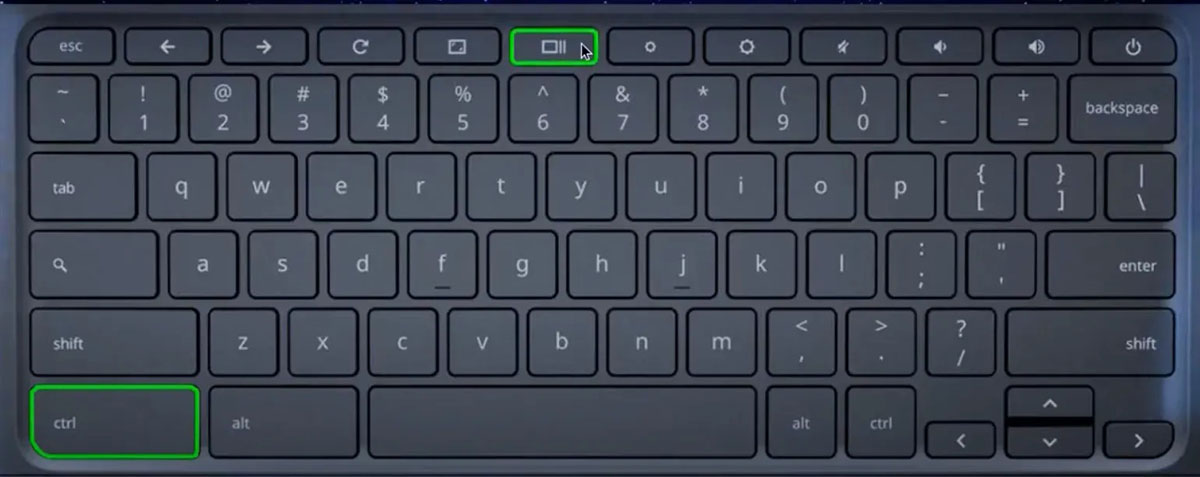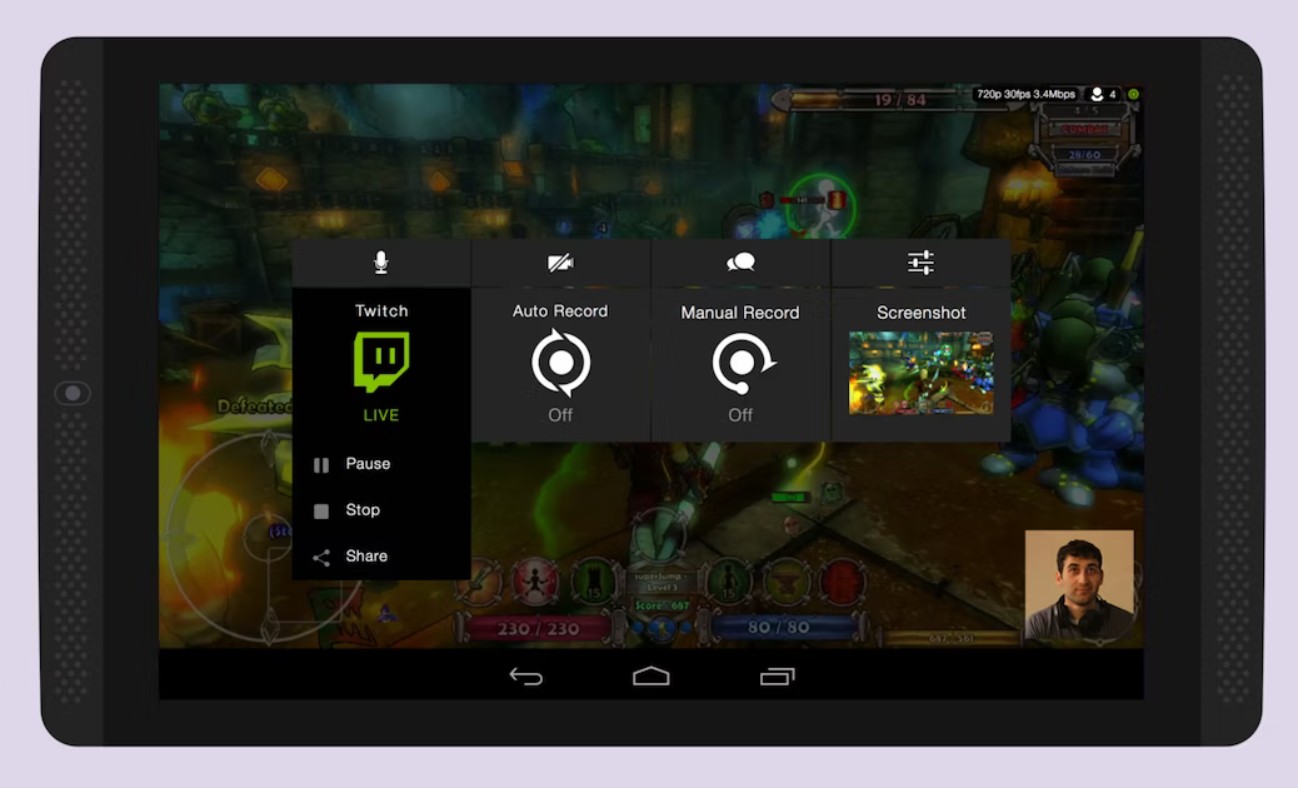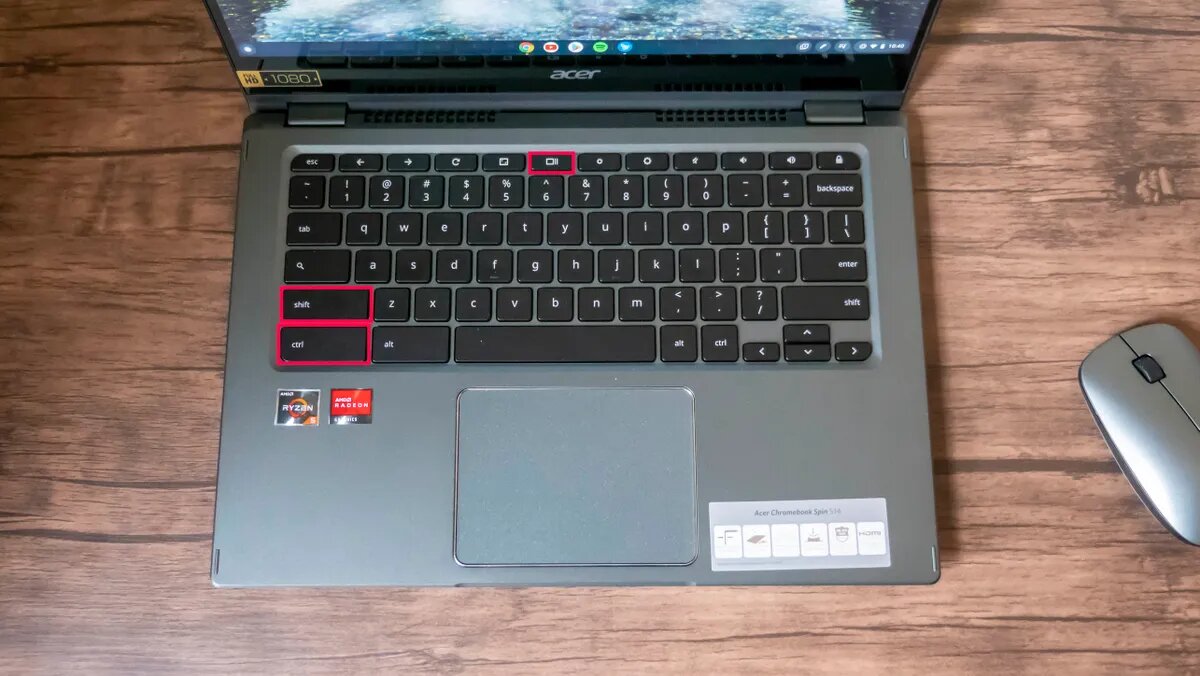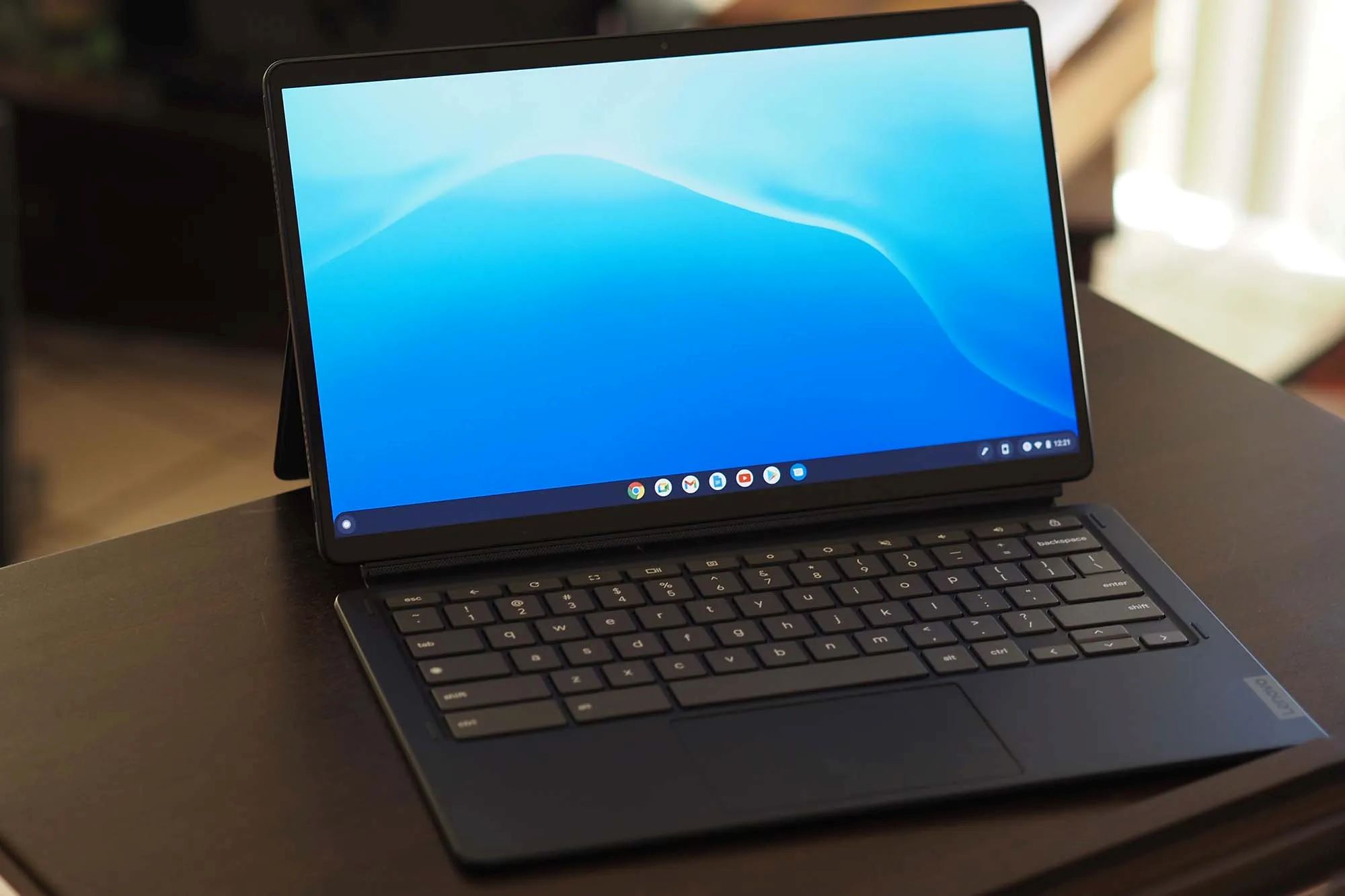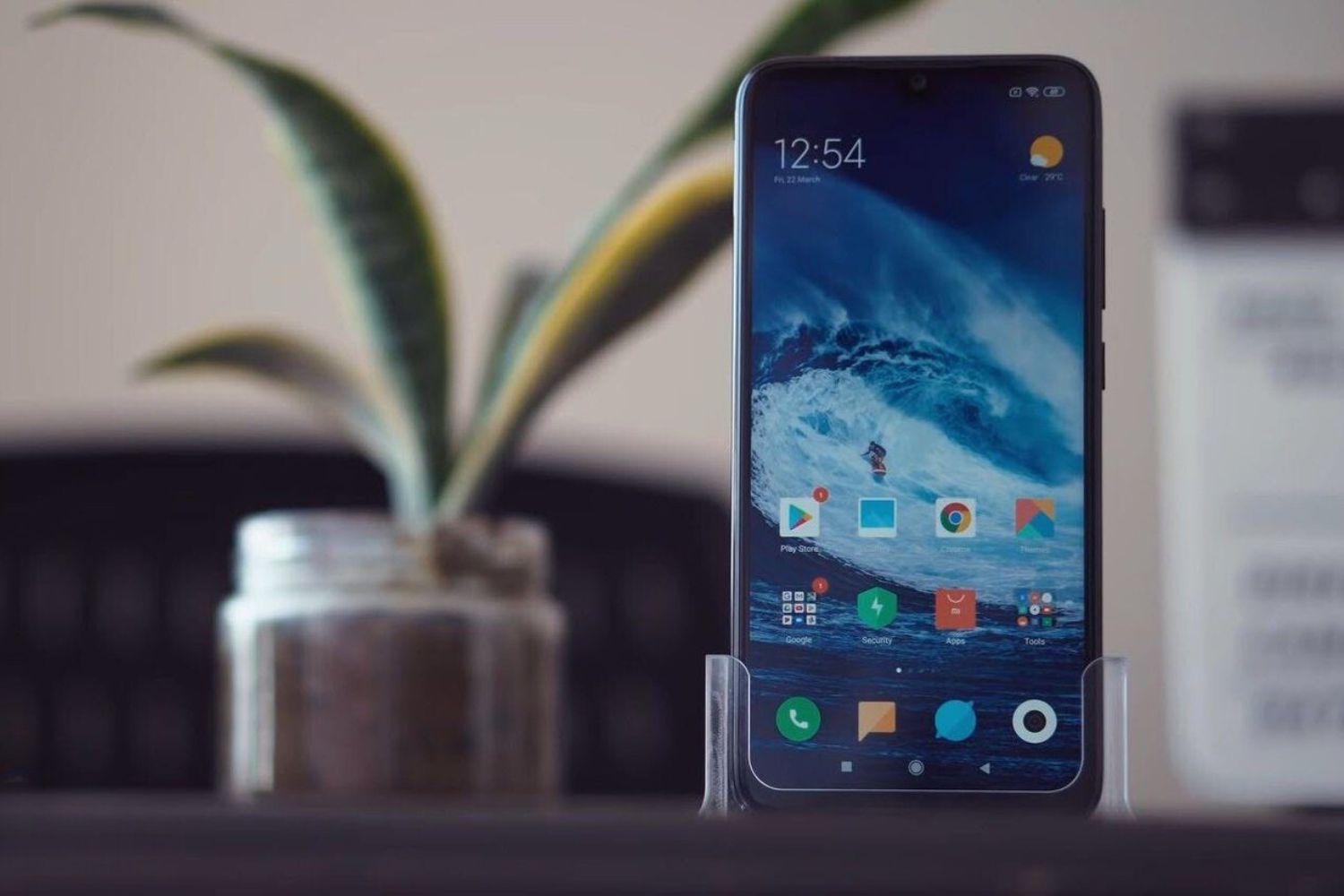Introduction
When it comes to capturing screenshots on your Windows computer, you may think that the only option is taking a full-screen screenshot. However, sometimes you may only need to capture a specific part of your screen, whether it’s an error message, a particular image, or a portion of a webpage. This is where partial screenshots come in handy.
In this article, we will explore various methods that you can use to take partial screenshots on your Windows computer. From built-in tools to third-party applications, there are several options available to meet your specific needs. With the help of these methods, you will be able to easily capture the required portion of your screen and save it for later use.
Whether you are a professional who needs to share specific details with clients or a casual user who wants to capture a funny meme, learning how to take a partial screenshot can be valuable and time-saving. It allows you to highlight and focus on the relevant content while excluding unnecessary elements from the captured image.
Now, let’s dive into the different methods you can use to take a partial screenshot on your Windows computer.
Method 1: Using the Snipping Tool
The Snipping Tool is a built-in screenshot utility that comes pre-installed with Windows operating systems. It offers several options for taking partial screenshots, allowing you to capture specific regions of your screen with ease.
To use the Snipping Tool, follow these steps:
- Open the Snipping Tool by searching for it in the Start menu or using the search bar.
- Once the tool is open, click on the “New” button to start the snipping process.
- Your screen will fade, and a crosshair cursor will appear. Click and drag the cursor to select the desired area of your screen that you want to capture.
- Release the mouse button to capture the selected portion of your screen.
- After capturing the screenshot, the Snipping Tool window will open, displaying your captured image.
- You can annotate or highlight the screenshot using the available drawing tools if needed.
- Finally, click on the “File” menu and select “Save As” to save the partial screenshot to your desired location on your computer.
The Snipping Tool provides a simple and straightforward way to take partial screenshots on your Windows computer. It offers flexibility in capturing screenshots of specific regions, making it an ideal choice for many users.
Remember to save your captured screenshots promptly to avoid losing them. Additionally, keep in mind that the Snipping Tool is available on Windows 7, Windows 8, and Windows 10, but it may not be available on future versions of Windows as Microsoft is transitioning to the Snip & Sketch tool.
Method 2: Using the Print Screen Key
If you prefer a quick and convenient method to take partial screenshots on your Windows computer, you can utilize the Print Screen key, also known as PrtScn. This method allows you to capture the entire screen, but with a simple technique, you can easily crop and extract the specific area you need.
Here’s how you can use the Print Screen key to take a partial screenshot:
- Navigate to the screen or window you want to capture.
- Press the Print Screen key (PrtScn) on your keyboard. It is usually located in the top row, often alongside other function keys.
- Now, open an image editing tool such as Paint or Microsoft Word.
- Paste the captured screenshot by pressing Ctrl+V or right-clicking and selecting “Paste”.
- Once the screenshot is pasted, you can use the cropping tool in the image editing software to select and crop the specific part of the screen you want to keep.
- After cropping, save the image in your preferred format and location on your computer.
By using the Print Screen key, you can efficiently capture the entire screen and then crop it down to the desired partial screenshot. It is a handy method when you need to capture a specific area quickly without the need for additional software.
Note that this method captures the entire screen, including any elements outside the selected area. Therefore, you may need to crop the screenshot further to exclude unwanted portions.
The Print Screen method is compatible with all versions of Windows and is readily available on most keyboards. It doesn’t require any additional software installation, making it a convenient option for users who prefer simplicity and speed in taking partial screenshots.
Method 3: Using the Windows + Shift + S Shortcut
If you’re using Windows 10, you can take partial screenshots using a convenient built-in shortcut called Windows + Shift + S. This keyboard shortcut activates the snipping functionality of the Snip & Sketch tool, allowing you to capture specific regions of your screen with precision.
Follow these steps to use the Windows + Shift + S shortcut:
- Navigate to the screen or window that you want to capture.
- Press the Windows key and the Shift key simultaneously.
- Your screen will fade, and the Snip & Sketch tool’s snipping interface will appear.
- Use your mouse or trackpad to click and drag to select the desired area of your screen that you want to capture.
- Release the mouse button to capture the selected portion of your screen.
- The screenshot will be copied to your clipboard, and a notification will appear in the bottom-right corner of your screen.
- Click on the notification to open the Snip & Sketch tool and further annotate or save the screenshot.
- In the Snip & Sketch tool, you can use the available markup tools to highlight, draw, or add text to the screenshot.
- Finally, click on the “Save” or “Copy” button to save the partial screenshot to your desired location or copy it for immediate use.
The Windows + Shift + S shortcut is a convenient method that allows for quick and accurate capturing of partial screenshots on Windows 10. It provides flexibility and ease-of-use, making it an excellent choice for users who frequently need to capture specific regions of their screen.
Keep in mind that the Snip & Sketch tool is exclusively available in Windows 10, so this method may not be applicable to older versions of Windows.
Method 4: Using a Third-Party Screenshot Tool
If the built-in methods mentioned earlier do not meet your specific requirements or if you’re looking for more advanced features, you can opt for third-party screenshot tools. These tools often offer additional functionalities, such as capturing specific regions, annotating screenshots, and saving screenshots in various formats.
Here are a few popular third-party screenshot tools that you can consider:
- Snagit: Snagit is a feature-rich screenshot tool that allows you to capture specific regions, scrolling web pages, and even record videos. It offers a wide range of annotation tools and advanced editing options to enhance your screenshots.
- Lightshot: Lightshot is a lightweight and easy-to-use screenshot tool. It allows you to capture specific regions, save screenshots, and instantly share them online. Lightshot also provides basic editing capabilities.
- Greenshot: Greenshot is an open-source screenshot tool that offers capturing selected areas, full screens, and window screenshots. It includes annotation features and allows you to save screenshots in various formats.
- ShareX: ShareX is a powerful, free and open-source screenshot tool. It provides a wide range of capture options, including specific regions, full screens, and scrolling captures. ShareX also offers robust annotation tools and supports various upload and sharing options.
When choosing a third-party screenshot tool, consider your specific needs, ease of use, and the available features. Make sure to download the tool from a trustworthy source and take the time to explore its functionalities.
By using a third-party screenshot tool, you can have more control over the screenshot capturing process and access additional features that may enhance your screenshot-taking experience.
Remember to consider any licensing requirements or limitations that may apply to the third-party tool you choose, especially if you’re using it for commercial purposes.
Conclusion
Capturing partial screenshots on your Windows computer can be a useful skill to have, whether you need to share specific information, highlight details, or save important content for future reference. In this article, we explored four different methods to take partial screenshots on Windows.
We started with the built-in Snipping Tool, which allows you to capture specific regions of your screen with ease. Then, we discussed using the Print Screen key to capture the entire screen and crop it down to the desired area. We also explored the Windows + Shift + S shortcut available in Windows 10, which activates the Snip & Sketch tool’s snipping interface for quick and accurate partial screenshots.
Furthermore, we highlighted the option to use third-party screenshot tools such as Snagit, Lightshot, Greenshot, and ShareX. These tools offer advanced functionalities like annotation, editing, and various capture options, providing more flexibility and customization.
When choosing the method that suits your needs, consider your specific requirements, convenience, and the level of functionality you desire. Experiment with different methods to find the one that feels most comfortable and efficient for your workflow.
Remember to save your captured screenshots promptly and organize them in a meaningful manner to easily retrieve them when needed.
With the ability to take partial screenshots, you can effectively communicate information, capture important moments, and create engaging content on your Windows computer.
So, go ahead and start capturing those partial screenshots to make your digital experience more productive and visually appealing!









